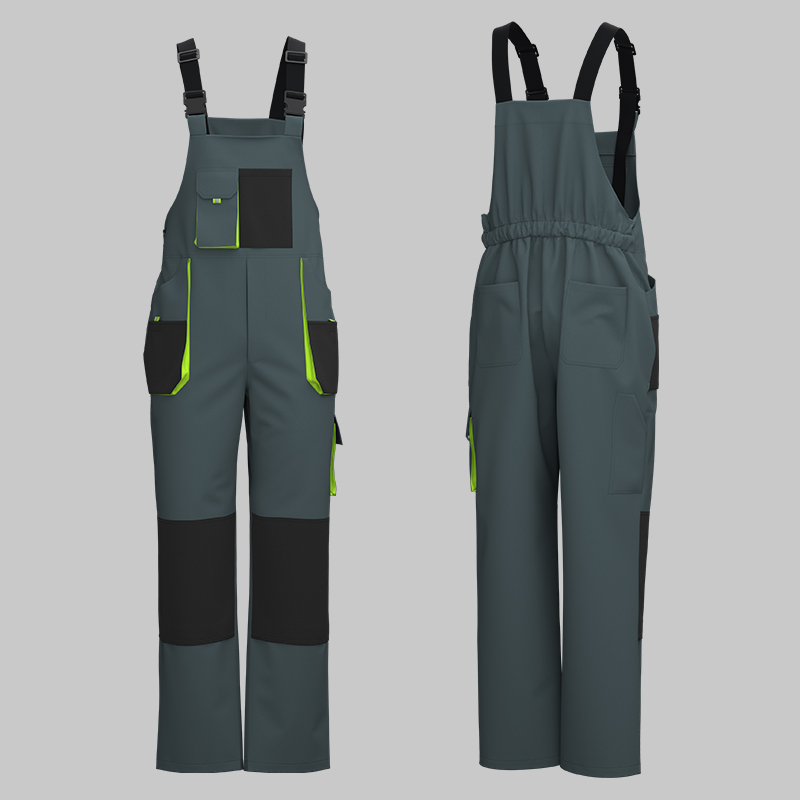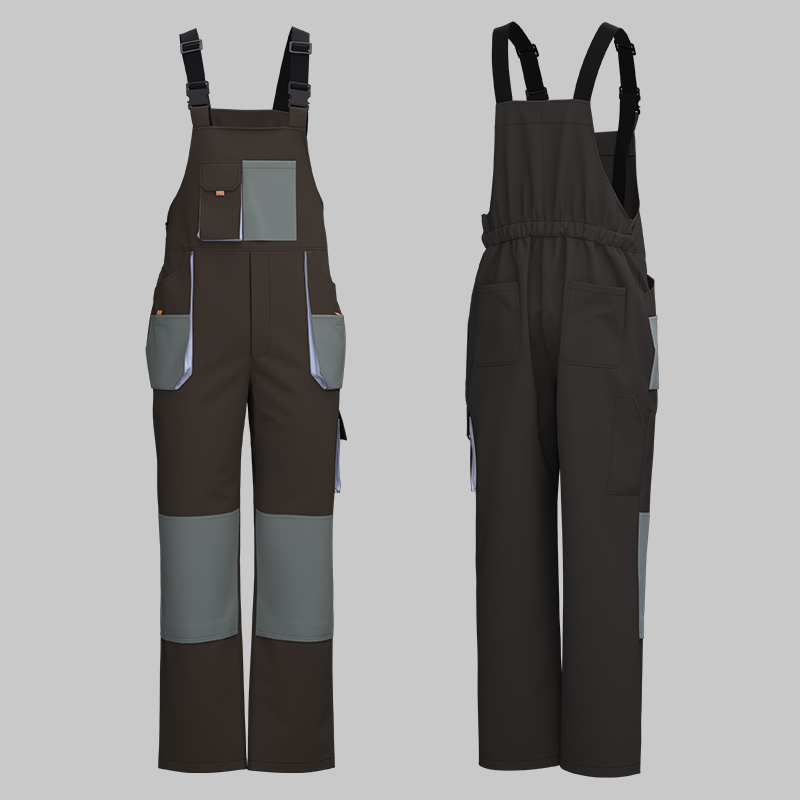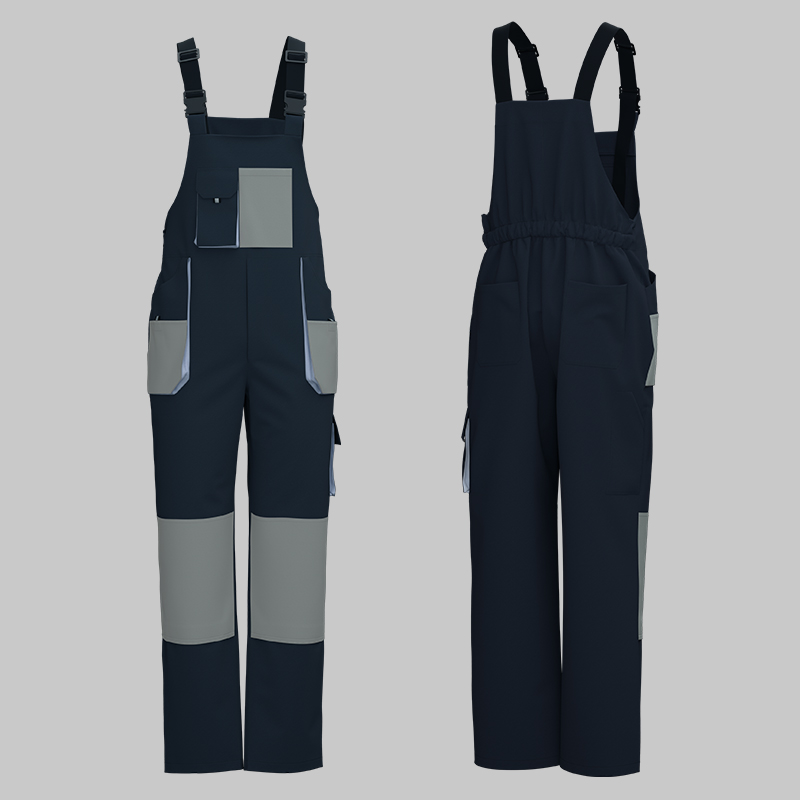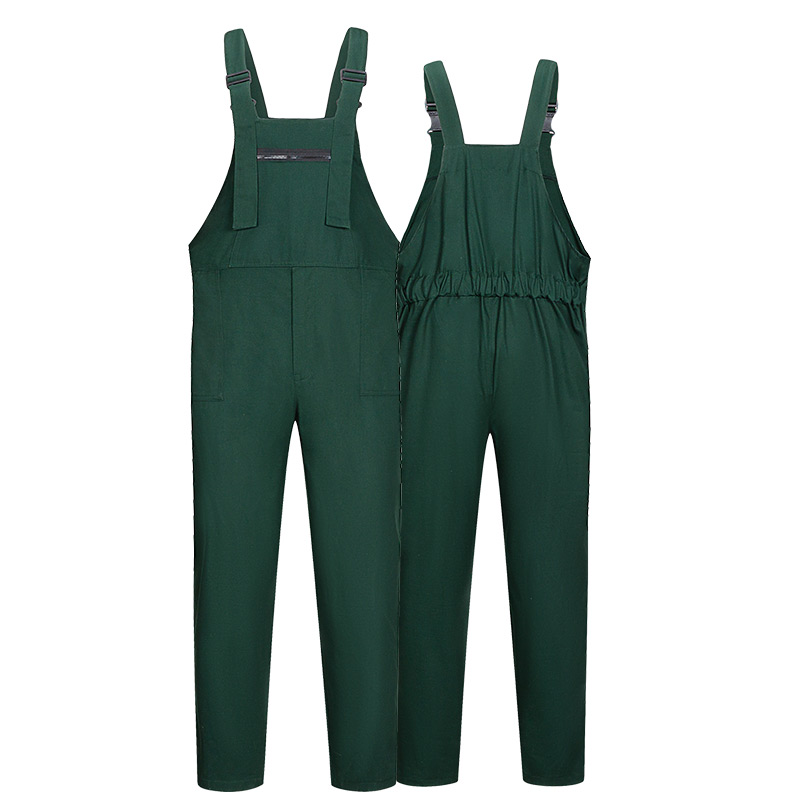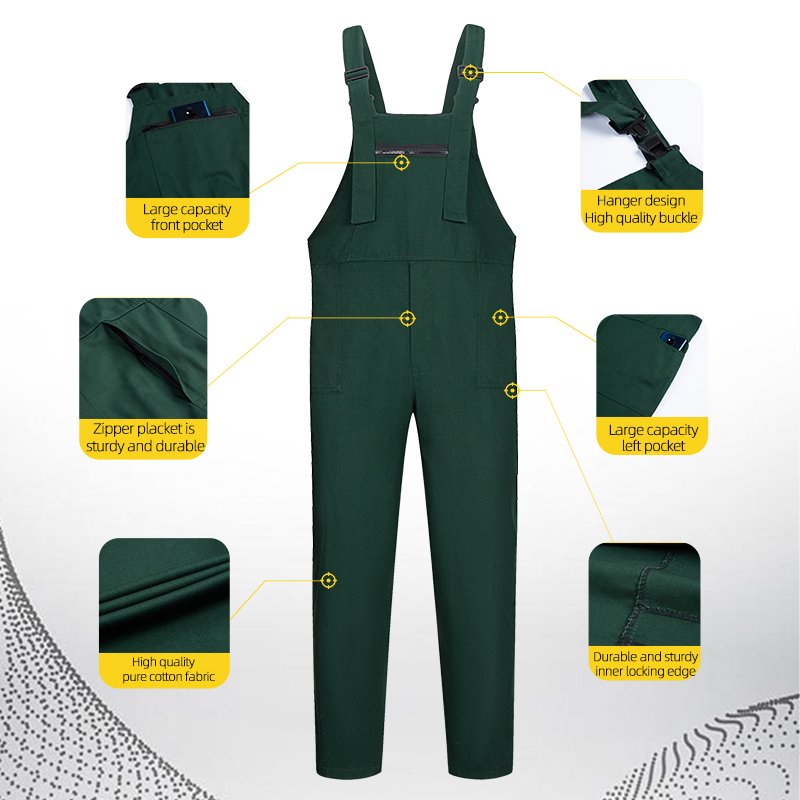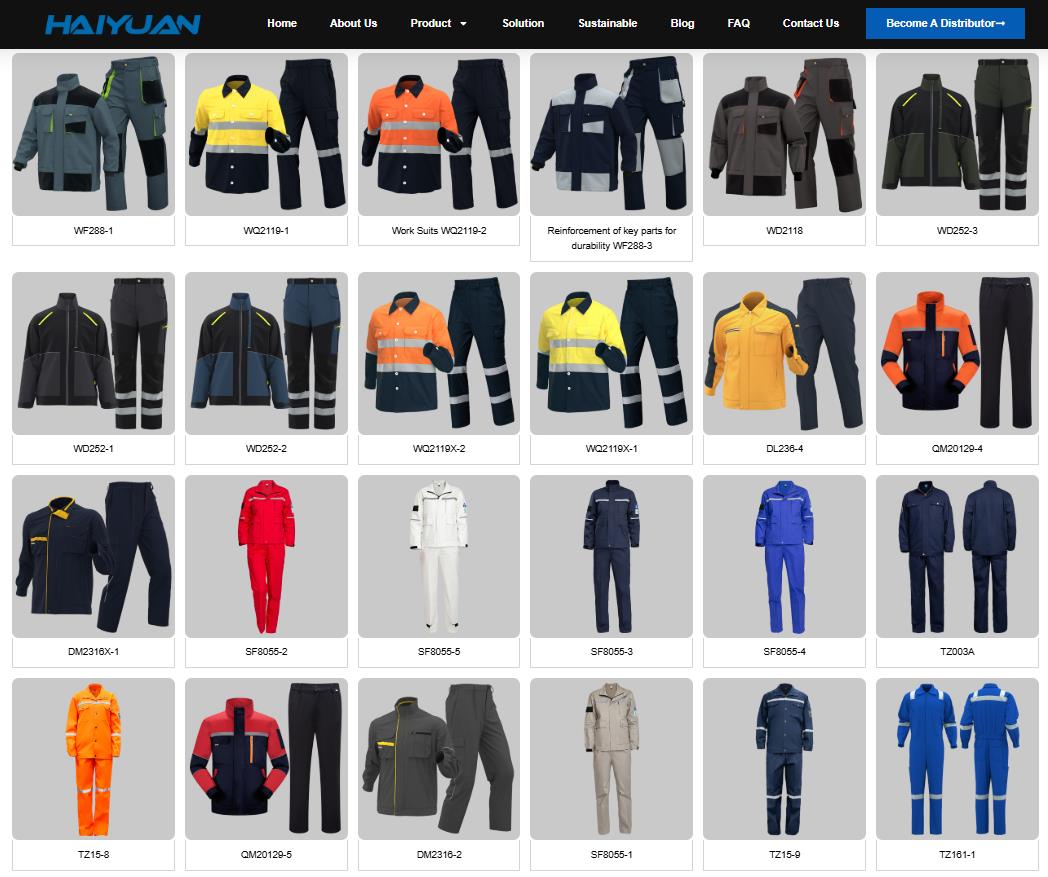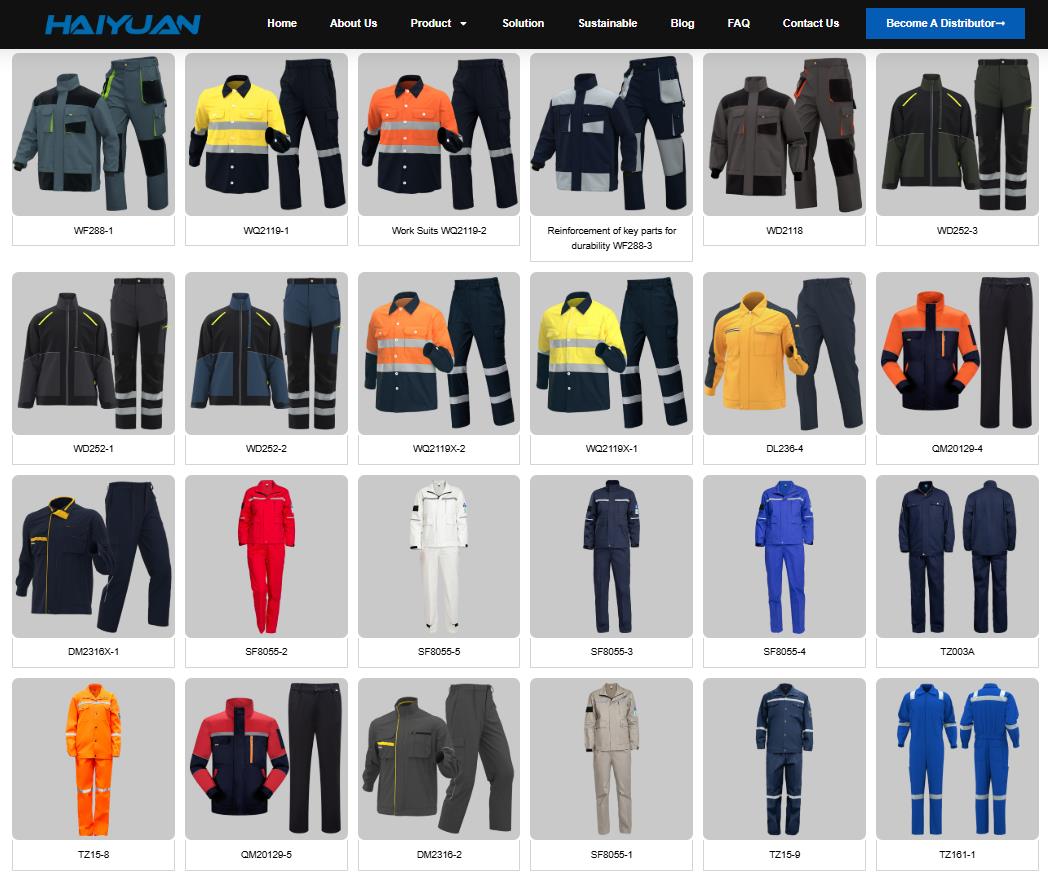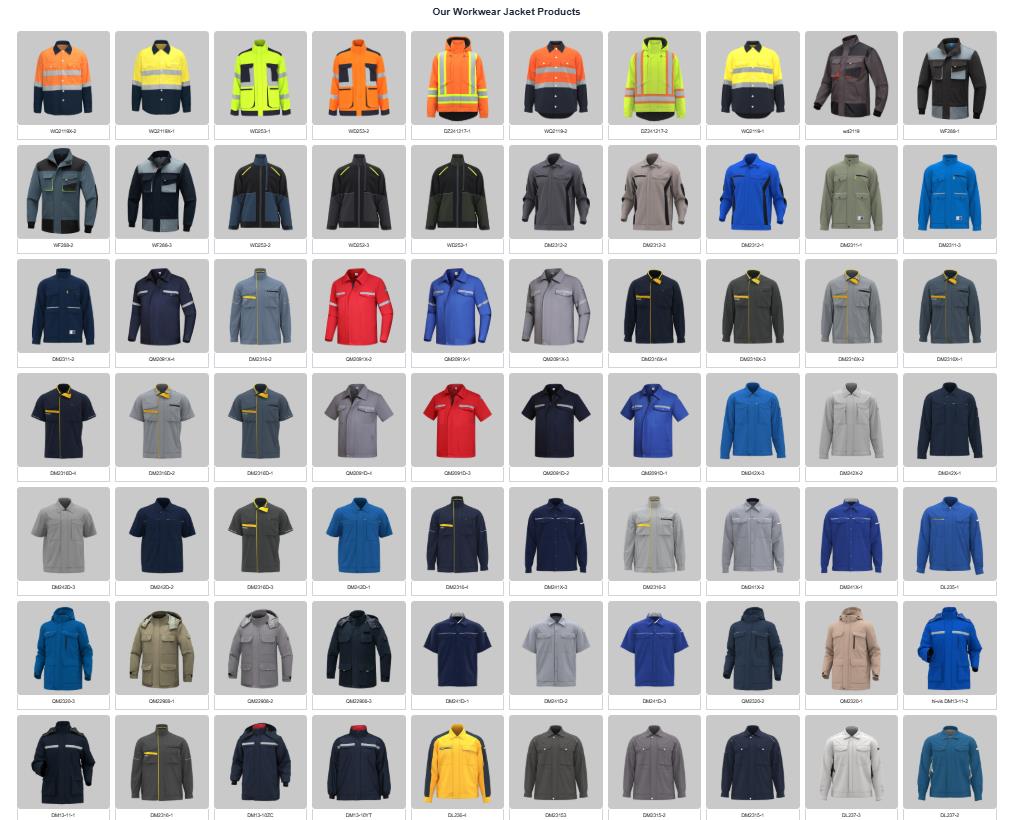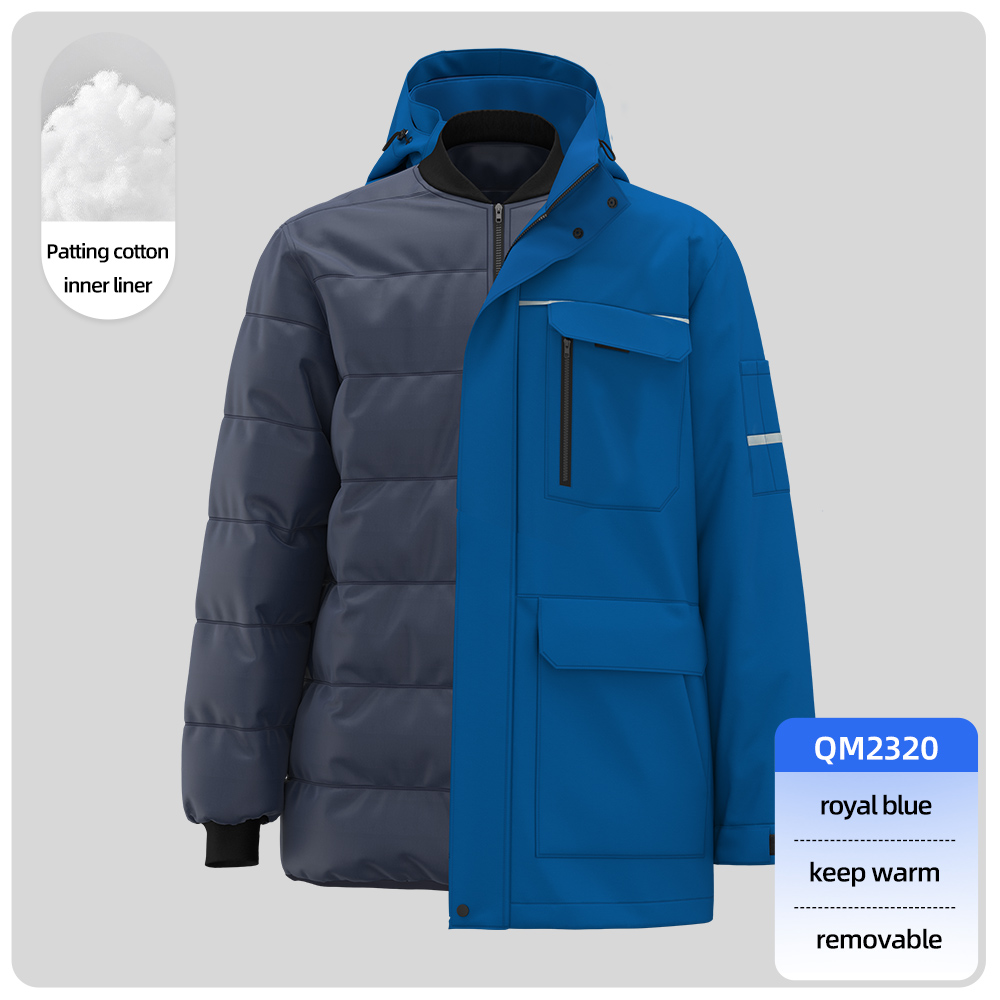Dungarees are a type of garment, essentially synonymous with overalls in modern usage (especially in the UK and Commonwealth countries). Here’s a breakdown of what they are:
-
Core Design:
They consist of trousers (pants) with a bib (a rectangular panel) attached at the front. This bib is held up by two adjustable straps (braces) that go over the shoulders and are fastened (usually with buttons, buckles, or clips) to the top corners of the bib.
-
Key Features:
-
Bib: Covers the chest and abdomen.
-
Shoulder Straps: Suspend the garment.
-
Trouser Legs: Full-length or sometimes short (shorts-style dungarees).
-
Practical Pockets: Often feature multiple large pockets on the bib and legs, historically for tools or work items.
-
Fastening: Typically have a button, zip, or hook-and-eye fly at the sides of the waistband under the bib for getting in and out.
-
-
Materials: Traditionally made from sturdy, durable fabrics like:
-
Denim: The most common and iconic material (think classic blue denim).
-
Corduroy: A popular alternative, especially for colder weather or fashion.
-
Canvas or Duck Cloth: Used for heavy-duty workwear.
-
Cotton Twill: Another durable option.
-
Modern Variations: Can also be found in lighter cottons, linen, or even synthetic blends for fashion purposes.
-
-
Origin & History:
-
The word “dungaree” originally comes from Dongri (Dungri), a village near Mumbai (Bombay), India, where a thick, coarse cotton calico cloth was produced. Sailors in the 17th/18th centuries used this cloth for sails and work clothes.
-
By the late 19th and early 20th centuries, the term “dungarees” became associated with work trousers made from this durable blue denim fabric.
-
Important Note: In historical American usage (early-to-mid 20th century), “dungarees” often specifically referred to sturdy blue denim work trousers (jeans) without the bib and braces, while “overalls” meant the bib-and-brace style. This distinction has largely faded.
-
-
Purpose & Use:
-
Workwear: Originally designed for manual labor (farmers, mechanics, factory workers, painters, etc.) due to their durability, coverage, and practicality (pockets, protection).
-
Fashion: Became popular casual and fashion wear starting around the mid-20th century (especially in counter-culture movements) and remain so today for all ages.
-
Practicality: Loved for their comfort, ease of movement, and hands-free nature (no need for a separate belt).
-
Maternity Wear: Often a comfortable choice during pregnancy.
-
-
Difference from Pinafores:
While sometimes confused, a pinafore (pinnie) is a sleeveless apron-like garment worn over a blouse or dress, typically fastened at the back. It doesn’t have attached trousers. Dungarees are a one-piece garment combining trousers and a bib.
In Simple Terms: Dungarees are sturdy, one-piece trousers with a built-in chest piece (bib) held up by shoulder straps. Think classic denim overalls – that’s the quintessential dungaree.
Regional Note: If you’re in the UK, Ireland, Australia, New Zealand, or South Africa, “dungarees” is the common term for what Americans usually call “overalls.” In the US, “dungarees” historically meant jeans but is now less common and sometimes used interchangeably with overalls, though “overalls” remains the primary term for the bib-and-brace style.
Durable work dungarees are an investment. Spend wisely on proven brands – they’ll outlast 3 pairs of cheap ones. Stay safe out there! 🔧👷♂️
Useful links:

